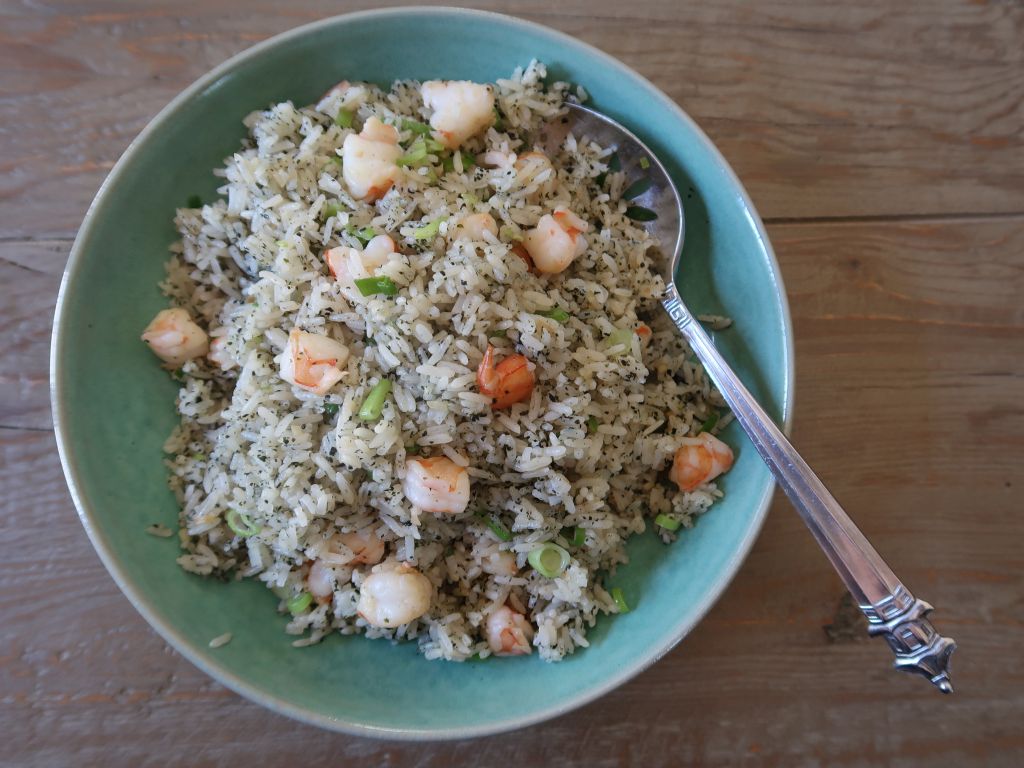
Who doesn’t like fried rice? I can only imagine that someone who’s allergic to rice would not enjoy a pile of flavorful, richly coated grains. Other than those folks, the rest of us likely have a version of fried rice that we can call a favorite. Okay, I have several kinds of fried rice that I really like.
I’ve loved fried rice from an early age. After my mom taught me how to make rice, she got me making fried rice, called cơm chiên (or cơm rang) in Vietnamese. I’d cook it for lunch when I was young with leftover rice, garlic, a touch of oil, and a dash of fish sauce. It’s a no-brainer, easy thing for me to make because I’ve practiced doing it a lot. If you’re pondering how to make it well, this fried rice primer may be helpful.
Fried Rice Can Be Special or Casual
When I was on a fellowship in Hong Kong years ago, I had to attend banquet dinners with my host family. The menu often included a luxurious mound for perfectly fried rice loaded with seafood, which I would have loved to eat up but I’d be so full by then I couldn’t! On Phu Quoc island in Vietnam, I had a glorious crab fried rice (below), which I immediately worked up a recipe for when I returned to America (the Crab and Coconut Fried Rice recipe is in Vietnamese Food Any Day on page 187).
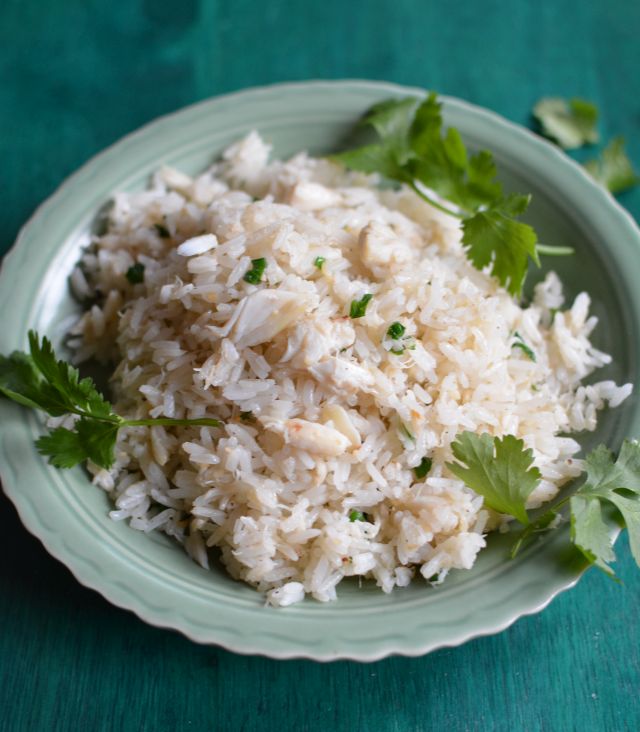
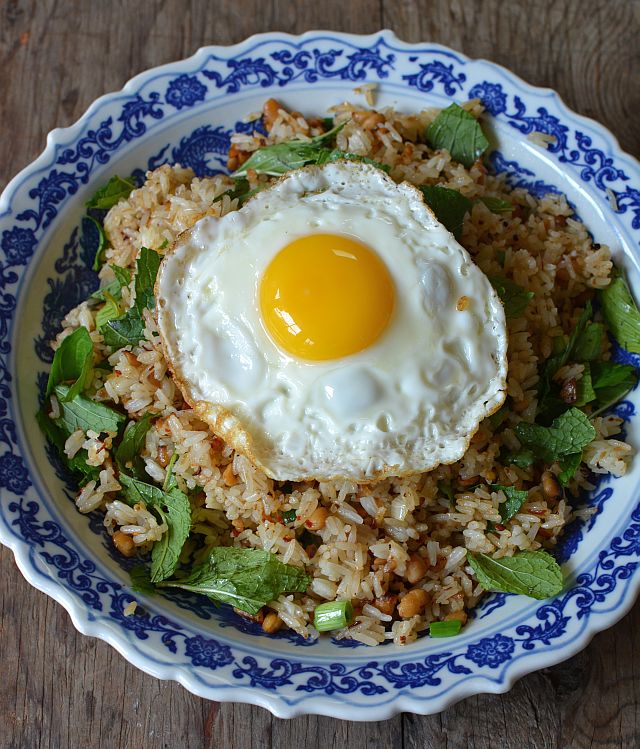
But fried rice can also be a simple, dressed down affair, as mentioned earlier. In fact, fried rice, along with banh mi and tacos, is how I often use up leftovers. For example, The Pho Cookbook, includes two pho fried rice recipes on pages 77 and 78 that uses the harvested fat from pho broth to flavor the rice and a spicy lemongrass sate sauce (above). (Swoon.)
If you want to hone your fried rice chops, keep it casual and you'll soon be improvising your own. Now, for some fried rice technical information.
Rice Texture Matters
Fried rice is about separate grains that get coated with a little fat and flavor. To make sure yours don’t get gummy in the pan, use dryish, cooked rice. Day(s) old and takeout rice are perfect! Or, make a fresh batch of rice (see this post or this one) and let it completely cool on a baking sheet.
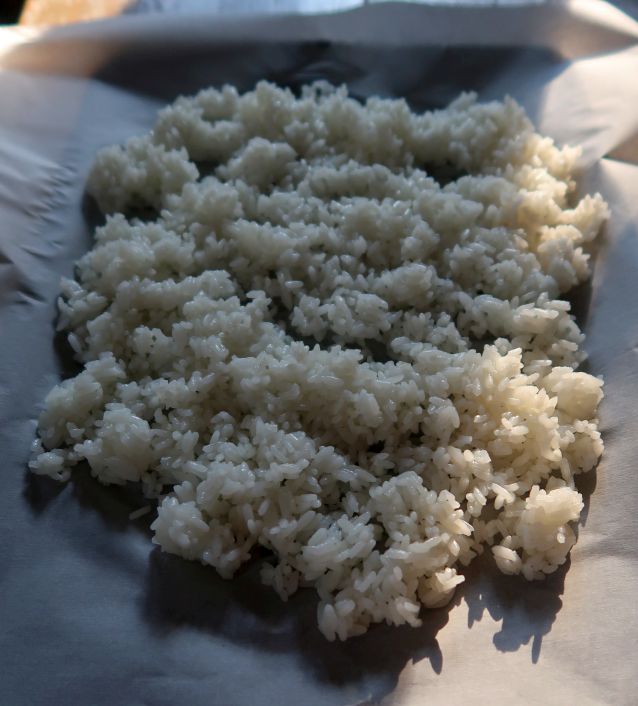
Long-grain rice like Jasmine works great, but I’ve got Asian chef friends who love to fry naturally dry basmati rice. Choose a medium grain for when you want a little chew. However, I cook with a touch less water than usual so the grains end up chewy-tender, instead of tender.
Fried Rice Add-Ins and Seasonings
Be strategic and your fried rice will be fantastic! Part of the fun of creating fried rice is to put little jewels of stuff into the pan so that every mouthful is exciting. To that end, whatever you add in should be smallish so it will distribute well among the rice grains.
Leftover cooked foods like roast chicken and steak are great. You only need a bit. Tofu is awesome too, but do season it. If you have a couple pieces of boiled broccoli, chop it up! Cut corn off the cob. I’ve employed thawed frozen carrots and peas too. If the protein is uncooked, like shrimp (see the Nori Fried Rice recipe video at the end) cook it in the pan, then add the rice.
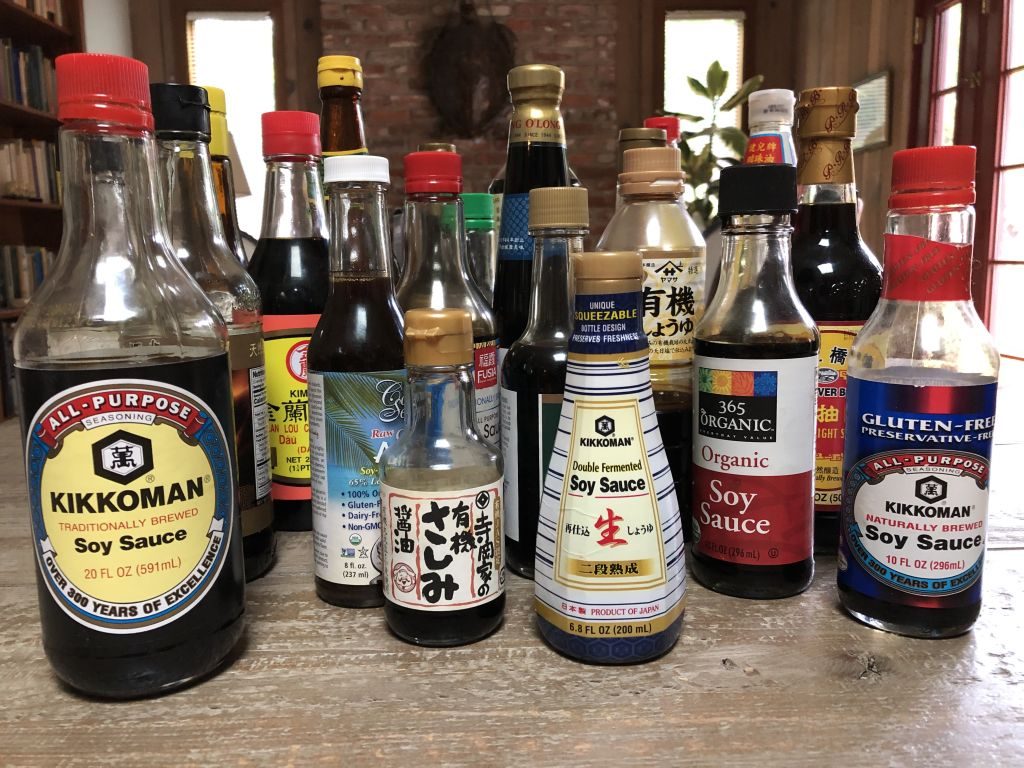
To season your rice, use a liquid seasoning like soy sauce, fish sauce, or Maggi Seasoning sauce, or Bragg Liquid Aminos. However, avoid using too much. Otherwise, the seasoning will over-hydrate the grains instead of just lightly coating and seasoning them. Along with the liquid seasoning, sprinkle in some salt to up the savory flavor. Serve extra soy, fish sauce, Maggi, or Bragg at the table for people to help themselves.
For condiment assistance, see the Mega Soy Sauce Buying Guide plus the Supermarket Fish Sauce Tasting.
Wok or Skillet for Fried Rice?
A large wok is fantastic for fried rice but you’ll do fine with a large skillet. The skillet’s wide surface allows you to heat up the grains fast without risking them getting mushy. I often reach for an 11 or 12-inch skillet for fried rice that’ll feed 3 or 4 people. If I’m looking to make more, I cook the fried rice in batches. Otherwise, the pan gets overloaded and you get gummy rice, not fried rice.
Whatever pan you use, cook on your large, biggest, baddest burner. Also, line up the ingredients so you can dump them into the pan. If you don't have a pan that will heat up, you may also use the air-fryer. See the recipe here; it's also listed at the end of this post.
Basic Fried Rice Blueprint
For the February 2020 issue of Food and Wine magazine, I wrote a recipe for Nori and Shrimp Fried Rice. Along with the recipe, the magazine editors invited me to make this video, which offers tips on making fried rice:
Making fried rice is simple. All you have to do is practice, cook and eat your way to perfection!
More Fried Rice Recipes
Aside from recipes in my books and Food and Wine, here are four fried rice recipes on Viet World Kitchen:
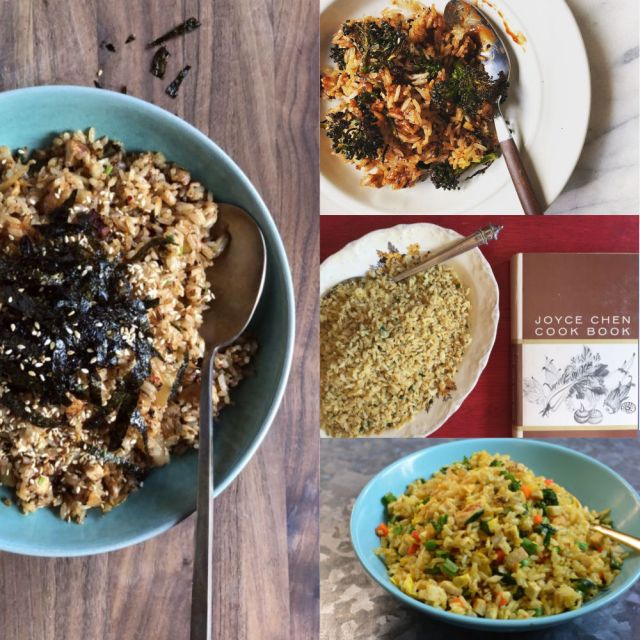
- Kimchi Fried Rice
- Joyce Chen’s Golden Fried Rice
- Japanese Curry Fried Rice
- Air-Fried Steak and General Tso’s Broccoli Fried Rice
Vietnamese Food Any Day News
VFAD is a finalist for a prestigious International Association of Culinary Professionals (IACP) award! Winners are announced on March 28 at the annual conference, which I’ll be attending to do a demo.
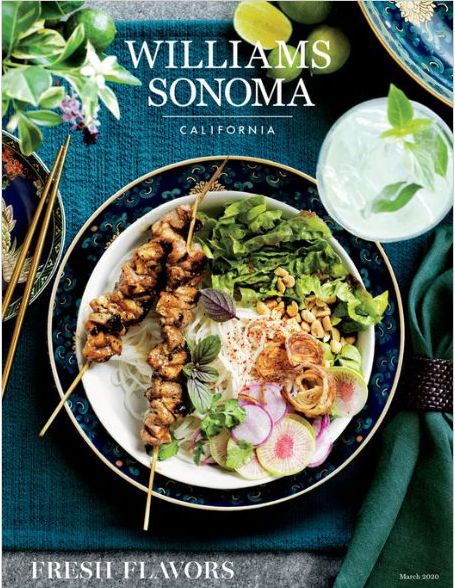
If you’re a Williams Sonoma fan and receive their catalog, the March 2020 cover recipe is from VFAD! Inside, there’s small feature on me and the book. I’m totally stoked.














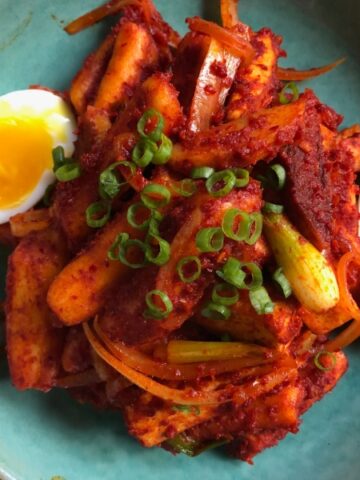
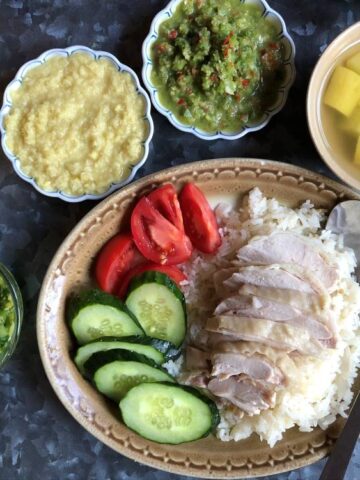

Mary Pearson says
Thank you a bunch for this recipe video. I have been in self isolation far away from home as my son and I cannot travel on account of his SLE. This site has been the guide I so much needed. Thanks a milly.
In Europe I see some chefs sprinkling salt and olive oil when preparing rice, whats your take on this?
Andrea Nguyen says
I don't add salt and oil to a pot of rice because the rice will be seasoned by other dishes. It's not a side dish but rather, it's integral to enjoying, say a stir-fry. European/western cooking treats rice as a side dish so it's cooked with the aim of it potentially being a stand alone dish. But strangely, it's often eaten with other things.
But why add more ingredients than you have to?